How Safe Is Your Garden Center?
We see it all of the time hoses sprawled across the walkways of the store, wet aisles with no safety cones or signage, employees lifting heavy items without assistance, chairs or boxes being used as ladders and carts left in parking lots or store aisles. These are just some of the many hazards common at garden centers. The list could go on and on. Unfortunately, even those garden centers with long-time safety programs can let safety slide during the very busy seasons, such as Valentine’s Day, Mother’s Day, spring planting or Christmas.
Picture a customer who asks for assistance lifting a concrete bench. The employee who is helping her looks around and sees that other employees are busy, so he picks up the bench and takes it out to her vehicle. Before you know it, you the garden center owner are facing a potentially costly back injury claim.
Another example involves a busy employee who is watering plants and intends to roll up the hose in “just a few minutes.” But she is in a hurry to get done. In the meantime, another employee rushes around the corner, trips over the hose, falls and breaks his nose. Again, it’s you, the garden center owner, who is hit with a costly workers’ compensation claim.
How do you ensure your garden center is as safe as possible? How consistent are you about safety, even at your busiest times of year? These are good questions to ask, because it is easy to let safety take a Á back seat, especially when business is at peak. Yet the costs of an unsafe garden center far outweigh the costs of doing everything you can to ensure the safety of both your employees and customers.
Safety Starts At The Top
Even the most well-intentioned safety efforts will eventually fail without the support of top management. Employees readily see through managers who pay lip service to safety, and they are unlikely to take it very seriously themselves. In addition increased chances of costly injury-related claims, your garden center will quickly earn the reputation of a business that doesn’t care about its employees.
What can you do to keep this from happening? One good place to start is to make sure you have a written safety policy that is signed by top management and verbally reviewed with every new employee. It should be translated into a language your workers understand (for example, if you have Spanish-speaking employees, be sure to translate it into Spanish). The policy can be just a few paragraphs long, but it should include these points:
- Top management has a strong commitment to safety and cares about employee safety.
- Safety is everyone’s responsibility, and all employees are required to participate in the garden center’s safety program.
- Management will promptly act on any hazards and other safety-related issues that come to its attention.
It is a good idea to have each employee sign a copy of this safety policy after they verbally review it. One important reason for this verbal review is that more and more garden centers are hiring workers who may have limited English skills. Some of these employees may not be able to write, even in their own native language.
This brings up another point: If you employ such workers, be sure to include a sentence at the end of your safety policy stating, “This policy has been explained to me in a language and manner I understand.” If you have any employees who are unable to write, print their name at the bottom, have them “sign” with an “X” and have a witness sign his or her name next to the X.
Promote Safety
There are many ways top management can ensure safety. Here are a few thoughts on how to show employees you support safe working:
Always lead by example. How many times have you been in a rush to get somewhere and ignored those shopping carts left in the parking lot that are ready to roll into a car? Do you always wear gloves when mixing fertilizer or a chemical with potting soil? How are your “safe lifting” practices? Do your employees see you bend from the waist (rather than the knees) to pick up a bag of mulch? Do you ignore small spills, hoses left in walkways or other potential slip-and-fall hazards because you are too busy to deal with them yourself?
Enlist your managers. Assign specific safety responsibilities and hold managers and employees accountable for them. For example, if you require your supervisors to hold brief, “tailgate” safety training sessions each week, is there a system of accountability so you are certain the meetings actually take place? If supervisors are responsible for enforcing safety rules, what happens if you spot a violation that a supervisor has done nothing about? Do you bring it up during that person’s next review?
Write it down. Develop a written safety program that includes Á safety rules. Be sure to review your garden center’s injury and accident history. Find out how accidents are occurring and look at the rules you have in place. You may find, for example, that you aren’t requiring your supervisors to do brief safety “audits” (short surveys of their areas) at the start of each day to look for any obvious safety hazards.
Investigate hazards. Promptly investigate and act on all hazards and potential hazards that come to your attention. Also, promptly investigate all injuries, other accidents and “near miss” accidents (close calls) with the goal of preventing recurrence in the future.
Keep Workers Safe
The retail garden business can be tough. You may be competing against larger garden centers with bigger budgets or nearby big box stores. Employees come and go and are often hard to retain.
One great way to let your employees know how important they are is to recognize them for their safety efforts. A number of garden centers have implemented safety incentive programs that aren’t expensive but reinforce safe actions. Here is one example:
Purchase small ($5-10) gift cards from a local merchant (store, fast-food restaurant, etc.) or prepare to give out doughnuts with coffee in the morning, caps with your garden center’s name and logo, or other small prizes.
Reward employees with these small gifts when they are spotted taking especially safe actions volunteering to lead a 5- to 10-minute tailgate safety session, rolling up a hose that was left out, stopping a young child from running through the garden center or placing a “wet floor” sign around a spill and quickly mopping it up.
Make sure other employees know about this recognition. Post names and pictures on your employee bulletin board (with a “Congratulations!” note), mention the names of these workers at your next all-employee event and include their names in your employee newsletter.
Another way to help ensure employee safety is to strongly encourage workers to promptly report all injuries, other accidents and near-miss accidents. Let them know this reporting will not result in retaliation and follow up by telling them how you intend to prevent recurrence in the future. Also, it’s important to continually remind them that the single most important reason for all of your safety efforts is so they can go home to their families uninjured at the end of each day.
Sidebar
Safety Checklist For Garden Center Managers
Our garden center has written safety rules for employees, customers, vendors and other visitors. We have posted these rules in locations where they can readily be seen. (Note: Two examples of customer safety rules are, “No running at any time!” and “Children must be accompanied by an adult at all times.” Two examples of employee safety rules are, “Ladders must be put away immediately after use,” and “No heavy lifting without assistance. Lifting devices (such as forklifts, pallet jacks, dollies, etc.) MUST be used for objects weighing 50 lbs. or more.)”
- Management at our garden center continually communicates the importance of safety to supervisors and other employees. Supervisors and non-supervisory employees are held accountable for their safety-related responsibilities. These responsibilities have been spelled out in writing.
- We have translated our garden center’s safety policy, safety program and safety rules into a language or languages our employees understand. We have also verbally reviewed these with all employees.
- Management promptly investigates all hazards, potential hazards, injuries, other accidents and “near miss” accidents that come to our attention. We follow up with specific actions (additional training, more prominent signage, etc.) in an effort to prevent recurrence in the future.
- Our supervisors are required to hold weekly tailgate safety sessions with the workers they supervise and to document attendance. They are also required to strictly enforce all safety rules and to document in writing any non-compliance (including any verbal warnings that were given out).
- Management provides the necessary resources for safety. These resources include high quality personal protective equipment (such as gloves and safety glasses), safety signage (in a language or languages employees can understand) and dedicated time for safety training and other safety meetings.
- Our garden center has an active safety committee that meets monthly to discuss safety issues. (Note: Even a very small garden center can do this it only takes two people to make up a safety committee. This committee should include both employees and management.)
- We track all injury and accident costs, review all claims to identify any trends and share with our employees the impact of accidents on their paychecks (such as the inability to provide pay raises the following year). Our garden center follows all applicable OSHA and other safety-related regulations (such as chemical-related rules and fire safety regulations).
- Management leads by example. We promote a safe workplace in everything we do, make sure all equipment is in good repair and follow our garden center’s safety rules ourselves.

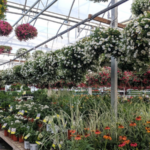

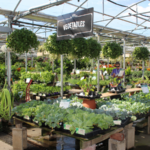

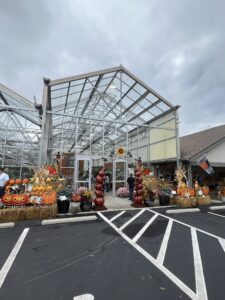

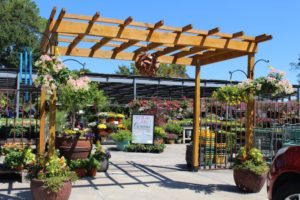

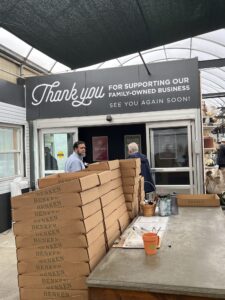
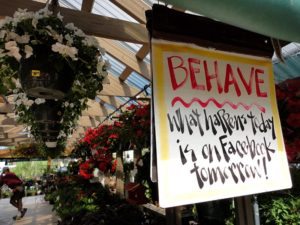

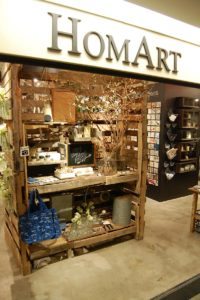
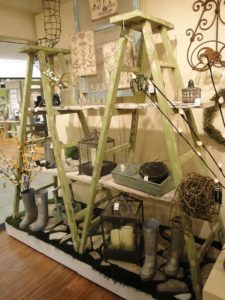
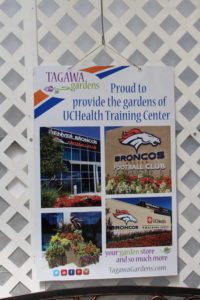

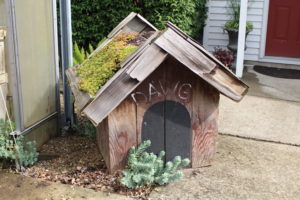
 Videos
Videos





